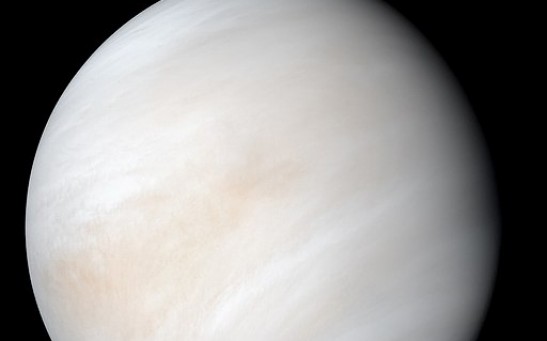dna
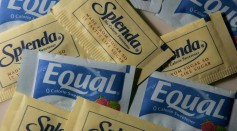
Artificial Sweetener Generates Genotoxic Chemical During Digestion, Prompting Health Concerns
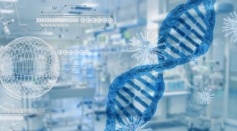
Detecting Human DNA in Air and Water? Vital Breakthrough Could Help Solve Murders
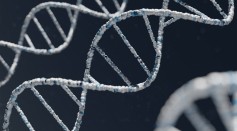
Ancient DNA Reveals Early Humans From China Migrated to the Americas and Japan During the Ice Age
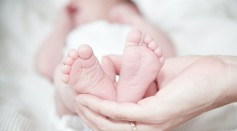
Baby Born From Three People's DNA Through Novel IVF Procedure, Marking a Scientific First For UK
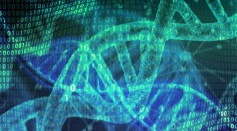
New PCR Technique Offers the Future of Data Storage Using DNA Microcapsules
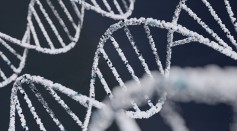
DNA of a 25,000-Year-Old Siberian Woman Found on Ancient Pendant Spills Fascinating Details About Its Wearer

Mysteries of Humanity: Lacking Information in Human Genome Could Be What Differentiates Humans From Others
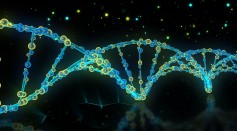
Ancient DNA Reveals Painted People of Scotland Had Local Roots Related to Iron Age People in Britain
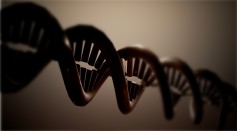
Rosalind Franklin Helped Uncover Double Helix; Here's How She Actually Contributed to the Discovery of DNA Structure, According to Unpublished Materials

Stress-Induced Biological Aging Is Reversible, Study Says
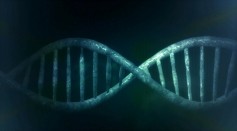
Zombie Cells Undergo Cryptic Transcription and Produce Small Molecules, Study Says; How Does This Affect Aging Process?
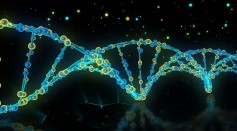
First Ancient DNA From the Swahili Civilization Restores Heritage, Complicates Understanding of Its History
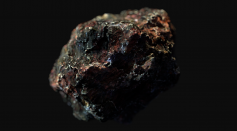
Asteroid Ryugu Samples Found To Contain RNA Component Called Uracil; Findings Could Shed Light on How Life on Earth Started
DNA Double Helix Splits Due to Invasive Nature of Unzipping Process
Most Popular

How Technology Is Changing the Real Estate Industry?

AI Revolution in Medical Education: Transforming How Healthcare Professionals Learn

Zombie Star Set to Light Up Night Sky: Blaze Star Could Erupt Soon

Nikolay Karpenko Biography, Photo, Career, Accomplishments

